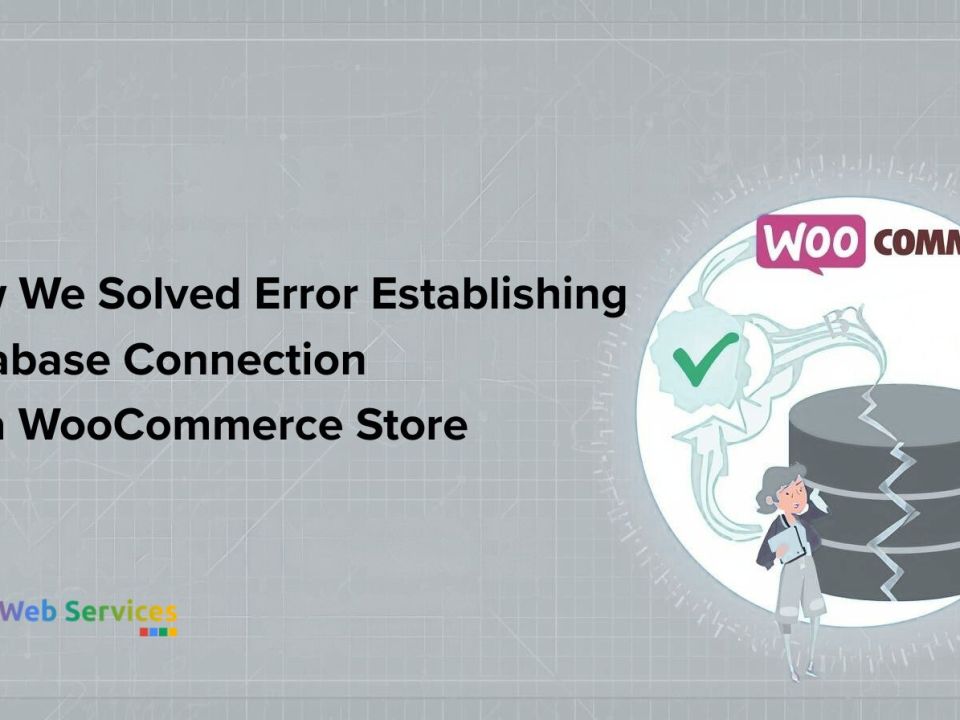
Speed Matters When it comes to Cloud
21 September 2016
Europe’s Data Privacy Fight Helps Cloud Computing
20 November 2016In simple terms, you can define cloud computing as the storage and access of data and programs on the Internet as opposed to on your hard drive. But, it doesn’t end there. It also refers to a set of networks, hardware, services, storage, and interfaces which combine to deliver various aspects of computing in a service. So it isn’t just about sharing information, even the infrastructure could be shared online.
One of the main aspects when it comes to the cloud is that there is no clear locality for hardware or data. Services might be sold to clients in one jurisdiction, and their data may be processed or stored in multiple other locations in different jurisdictions. The client might not even know where their data is being stored or processed.
Threats of Cloud Computing
Now that you have a brief idea of what cloud computing is, let’s take a look at some of the threats that it faces:
Privacy and security
The information which is housed on cloud servers mostly includes confidential information or intellectual property. Any risks of access to confidential and personal information will always pose an immediate threat.
Application design
When you consider the needs of various software applications, it needs to be understood that traditional application processes are very different from the cloud-based processes. Therefore, it is critical for new applications to be created in compliance with basic design premises.
Licensing
The existing licensing models for software might not help cloud deployment, especially as far as cloud service delivery is concerned.
Data location
Since data which is hosted on cloud need not be present in traceable static locations, concerns about the accessibility, ownership, security, and privacy of the data arise. This also paves the way for conflict about jurisdiction.
Loss of control
A loss of control is a probable cause for resistance to change. As the requirement of maintaining servers or other data center infrastructure reduces, the form of IT in the government may also change.
Steps to ensure Protection
Given below are some steps to ensure protection for companies using the cloud service:
Due Diligence
Find a successful computing platform and you will not have much to worry about. There are a number of vendors who should be able to provide such services.
Negotiation
There needs to be complete clarity between service providers and recipient customers who will function and operate on such a cloud computing model. All of the liabilities, management options, and risks need to be discussed and become a mandate for both parties to track.
Audit
After contracts are executed and services have begun, it’s necessary for the service provider to be audited in order to ensure compliance with agreement terms. Generally, in person involvement is known to help expedite this process.
Conclusion
In a number of cases, it is quite unclear how the law should be applied since the issues haven’t been considered by courts. Still, cloud computing users and provider’s alike need to be aware of issues mentioned above when it comes to considering how to protect intellectual property and avoid potential infringement pitfalls.










